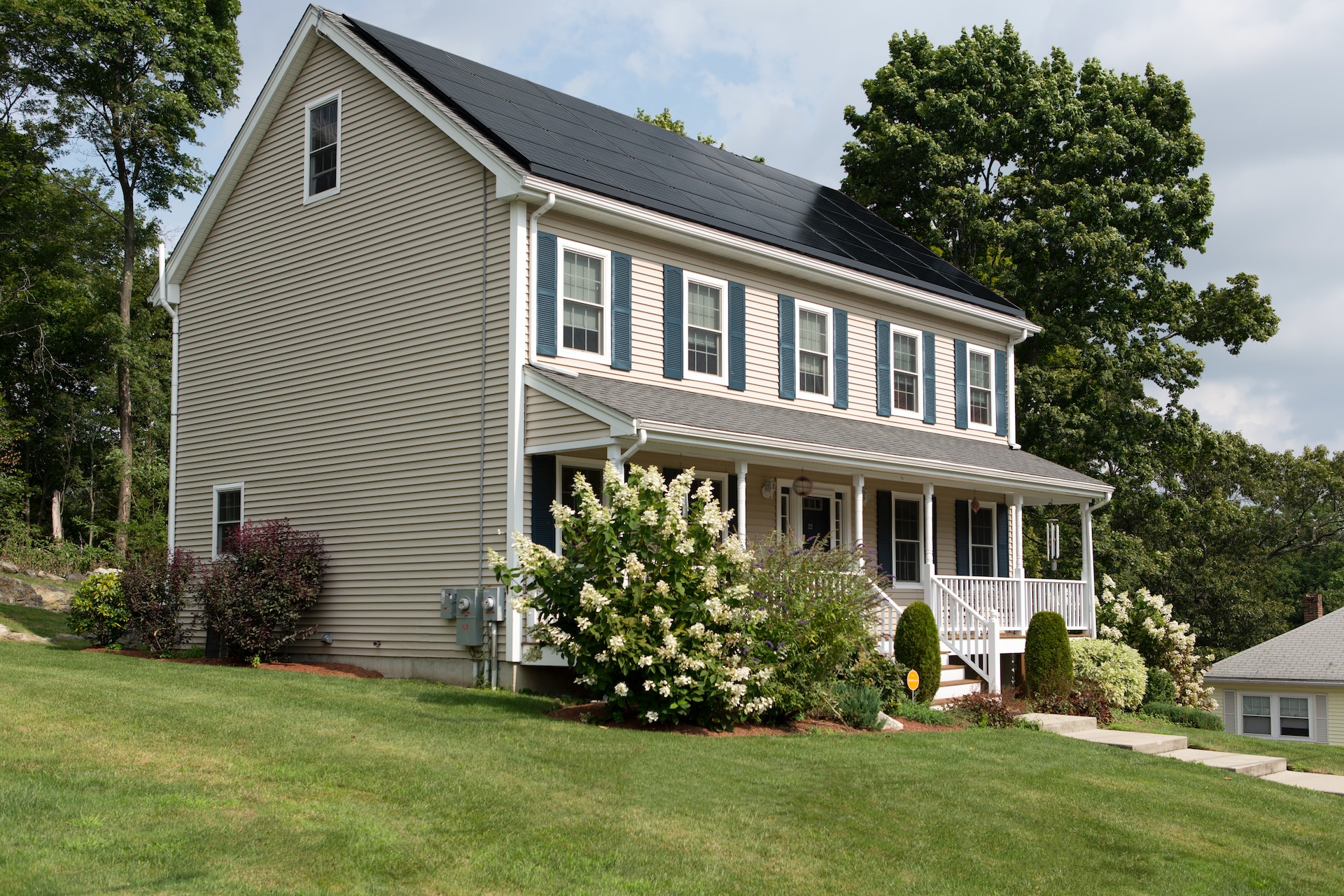Ever wondered how insurance providers decide the rates of your home insurance? When you buy a home, home insurance rates might be the last thing on your mind, but understanding the factors that influence premiums is important when deciding on your home insurance coverage which ultimately impacts the rates you are charged. Let’s explore these key factors that insurers consider when calculating home insurance rates.
Key Factors Affecting Home Insurance Costs
How much you pay for your home insurance is directly related to risk factors that companies carefully consider when quoting you.
Location
Your state and ZIP code can significantly impact your home insurance premiums. Homes in areas with high rates of vandalism, theft, or weather-related events may incur higher premiums. If you live near a staffed fire station or in areas with lower construction costs, it can reduce your rates.
Dwelling Coverage
Dwelling coverage protects the structure of your home. Insurance companies use proprietary valuation tools to calculate rebuilding costs, asking about your home’s age, systems, roof condition, building materials, square footage, and unique features. Each company’s algorithm varies, leading to different coverage amounts.
Credit History
Insurers use credit-based insurance scores to assess risk in states where it’s allowed. Homeowners with higher credit scores are perceived as lower risk and generally pay less for insurance.
Claims History
Your history of filing claims affects your insurance rate. Frequent claims suggest a higher future risk to insurers. Even if you’re insuring a new home, claims from previous properties within five to seven years can impact your premium.
Marital Status
Married homeowners typically pay lower insurance rates because they are statistically less likely to file claims than unmarried homeowners.
Age of Home
Older homes generally incur higher insurance premiums because aging materials are more likely to cause damage. Upgrading major systems and bringing the home up to current codes can potentially reduce premiums.
Deductible
A higher deductible can lower your premium but increases out-of-pocket costs in the event of a claim. Some insurers offer diminishing deductibles, providing credits for claim-free years.
Surprising Factors Influencing Home Insurance Rates
You may not be thinking about a few things regarding how much your home insurance will cost because it may surprise you to learn that the things in and around your home are considered risky.
Type of Home Insurance Policy
Different types of policies offer various benefits, perils covered, and costs. Consulting with a licensed insurance agent can help you choose the right policy.
Distance from Water
Proximity to water bodies can impact whether you need flood insurance. Homes in high-risk flood zones with federally-backed mortgages must have flood insurance.
Dog Breed
Certain dog breeds or exotic pets can increase insurance rates or affect eligibility. Service animals may qualify for discounts.
Attractive Nuisances
Items like pools or trampolines can raise insurance costs due to their potential danger, particularly to children.
How Endorsements Affect Home Insurance Premiums
Adding endorsements increases premiums but offers more coverage. Costs vary by endorsement type and provider, often depending on personal rating factors.
Common Endorsements
- Flood Insurance: Typically excluded from standard policies, flood insurance can be purchased separately and is often required in flood-prone areas.
- Earthquake Insurance: Important in areas near fault lines, this endorsement covers seismic event-related damages.
- Umbrella Policy: Supplements personal liability coverage benefitting high-net-worth individuals or those with higher liability risks.
- Sewer Backup Policy: This policy covers damages from sewer or water backups, which are not automatically included in standard policies.
How to Estimate Home Insurance Costs
To avoid the sticker shock of your home insurance policy, you can look at some of the following to get an idea of your costs.
Rebuild Cost Estimation
The rebuild cost determines your dwelling coverage amount, which is crucial for calculating your home insurance rate. Factors include the home’s age, systems, materials, foundation, roof, and unique features.
Asset Value Estimation
Personal liability coverage protects against legal expenses if you’re liable for injuries or damages. Calculating your total assets helps determine necessary liability coverage.
Personal Property Value Estimation
Personal property coverage reimburses for belongings inside your home. Creating a home inventory helps estimate the value of your items and decide between replacement cost or actual cash value coverage.
Determining Coverage Needs
Consider the following types of coverage:
- Dwelling: Covers the structure of the home.
- Other Structures: Includes detached structures like garages or fences.
- Personal Property: Replaces or repairs belongings.
- Personal Liability: Covers legal expenses for injuries or property damage.
- Loss of Use: Pays for additional living costs if your home becomes uninhabitable.
- Medical Payments: Covers medical expenses for injured guests.
Tips for Reducing Home Insurance Costs
- Compare Rates: Obtain quotes from multiple carriers for similar coverage levels.
- Update Home Systems: Upgrading major systems can lower premiums.
- Increase Deductible: A higher deductible can reduce monthly premiums.
- Bundling Policies: Bundling home and auto insurance often results in discounts.
Understanding the factors that affect home insurance rates and taking proactive steps to manage these can help you secure the best possible coverage at an affordable price.




